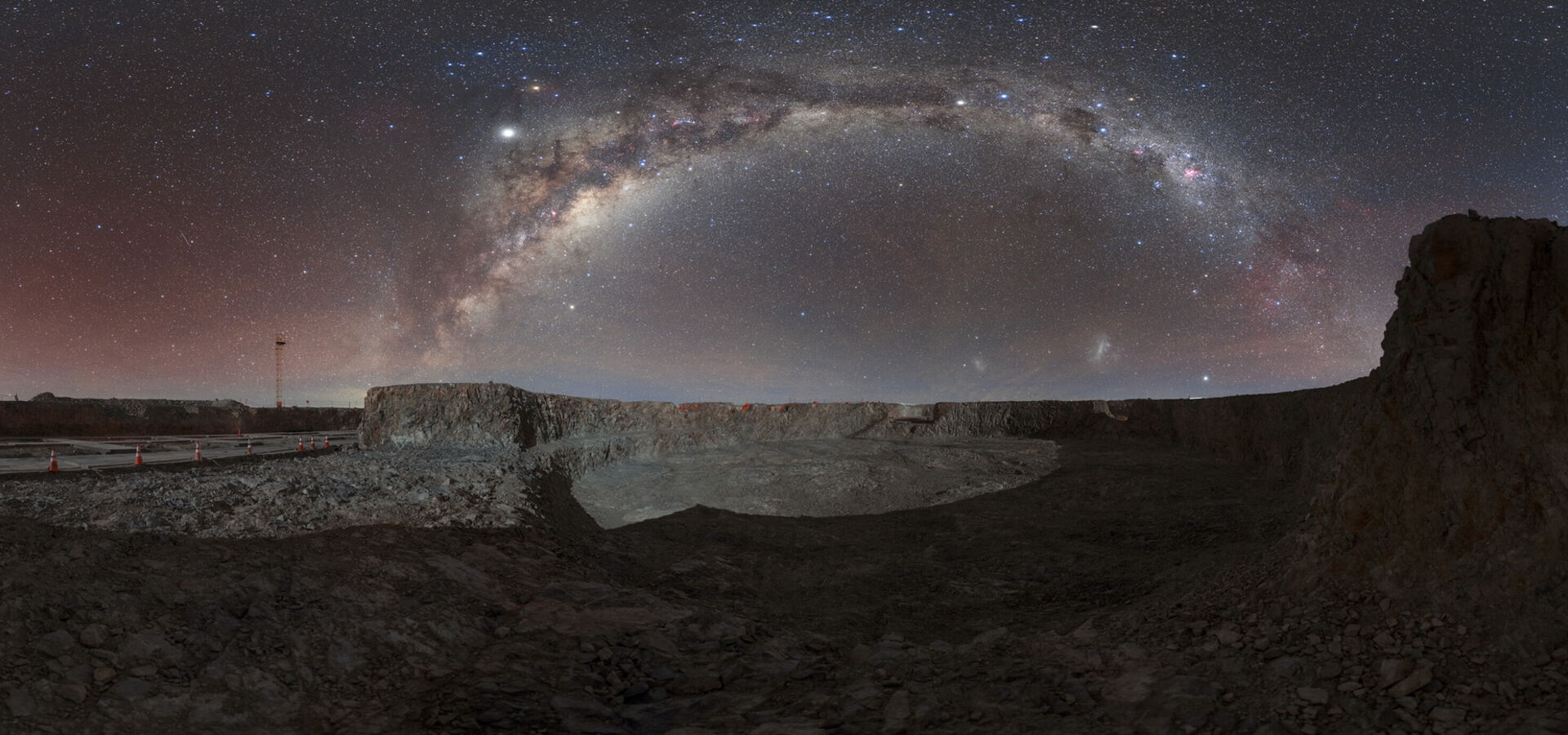
European
Southern
Observatory

ESO started pursuing a conceptual study for a giant optical-infrared telescope with a primary mirror diameter up to 100 metres in 1998. This was dubbed the OverWhelmingly Large telescope or OWL, in reference to the keen night vision of the bird of the same name and the size of the telescope. What started as a low-key evaluation of the main promises and challenges associated with such a daring endeavour picked up considerable momentum, leading to the OWL Conceptual Study for a 100 m telescope. The study was concluded by the end of 2005 with the publication of the OWL Blue Book and a review by an international panel, which, based on the substantial technical risks identified, recommended considering a smaller diameter, less complex, and less risky extremely large telescope — ELT.
In the meantime, in December 2004, the ESO Council defined ESO’s highest priority strategic goal as “the retention of European astronomical leadership and excellence in the era of ELTs”, asking that “the construction of an ELT on a competitive timescale be addressed by radical strategic planning”. Following the work done through the OWL project, ESO conducted a new study in 2006, produced with the help of more than 100 astronomers, to carefully evaluate performance, cost, schedule and risk. In November 2006, the results were subject to detailed discussions by more than 250 European astronomers at a conference in Marseille. Their enthusiastic welcome paved the way for the ESO Council’s decision to move to the crucial next phase of detailed design of the full facility.
At the end of 2006, the European Strategy Forum on Research Infrastructures chose the ELT as one of the large-scale projects to be conducted in astronomy and the only one in optical astronomy. ESO had already begun developing an ELT Design Reference Mission, a detailed, hands-on exploration of selected science cases which analysed simulated ELT data and was completed in 2010. ESO also collated cases from the astronomy community in the ELT Design Reference Science Plan, aimed at exploring the full range of science cases the ELT will be used for. The Design Reference Mission report was completed in 2010, a year which also saw Cerro Armazones selected as the ELT site and the ELT passing its “Phase B” final design review, with the 39 m concept becoming the baseline design. At the end of 2011, the ELT Construction Proposal was published and ESO Council approved the 2012 budget, which contained funding for preparatory work on the road to the ELT site at Cerro Armazones and development started on some very challenging optical components for the telescope.
The development of the ELT science case was accompanied from the start by an evolving instrument suite selected to achieve the scientific goals of the project. The instrument concepts were defined so that they covered all key science cases defined for the ELT. In 2009, the Science Working Group defined the scientific criteria by which the instruments would be assessed for suitability. The group evaluated first-light instruments for their immediate scientific impact, their complementarity with existing high-impact facilities, their scientific flexibility, their secure scientific return and against their coverage of the expected atmospheric conditions. The first-light pair of a diffraction-limited, near-infrared camera (MICADO) and a wideband, integral-field spectrograph (HARMONI), including the adaptive optics systems (MORFEO for MICADO and LTAO for HARMONI) required to deliver their science cases, emerged as the clear preference in 2010. The next three instruments, a mid-infrared imager and spectrometer (METIS), a high dispersion echelle spectrograph (ANDES) and a multi-object spectrometer (MOSAIC), were considered of equal scientific importance.
With the project entering its construction phase, the Science Working Group was disbanded after its final meeting in February 2012 and a new group, the ELT Project Science Team, was appointed that June. The ESO Council approved the ELT programme in December of the same year.
In June 2014, part of the 3000-metre peak of Cerro Armazones was blasted away during a groundbreaking ceremony; the first step towards levelling the summit ready for construction. In December 2014 the ESO Council gave the green light for the ELT construction in two phases.
Following the recommendations of the ESO Finance Committee and Scientific Technical Committee, in July 2015 the ESO Council authorised the Director General to sign the contracts for the first set of instruments for the ELT, (MICADO, MORFEO, HARMONI and METIS).
In May 2016, ESO signed a contract with the ACe Consortium for the construction of the ELT’s dome and telescope structure. This was the largest contract ever awarded by ESO and in fact in ground-based astronomy more generally. Many more contracts have followed since, including those for the ELT secondary and tertiary mirrors, mirror cells, and edge sensors (January 2017), that for the 39-metre primary mirror (May 2017) and the M5 mirror (March 2019).
We use cookies that are essential for accessing our websites and using our services. We also use cookies to analyse, measure and improve our websites’ performance, to enable content sharing via social media and to display media content hosted on third-party platforms.
The European Organisation for Astronomical Research in the Southern Hemisphere (ESO) is the pre-eminent intergovernmental science and technology organisation in astronomy. It carries out an ambitious programme focused on the design, construction and operation of powerful ground-based observing facilities for astronomy.
This Cookies Policy is intended to provide clarity by outlining the cookies used on the ESO public websites, their functions, the options you have for controlling them, and the ways you can contact us for additional details.
Cookies are small pieces of data stored on your device by websites you visit. They serve various purposes, such as remembering login credentials and preferences and enhance your browsing experience.
Essential cookies (always active): These cookies are strictly necessary for the proper functioning of our website. Without these cookies, the website cannot operate correctly, and certain services, such as logging in or accessing secure areas, may not be available; because they are essential for the website’s operation, they cannot be disabled.
Functional Cookies: These cookies enhance your browsing experience by enabling additional features and personalization, such as remembering your preferences and settings. While not strictly necessary for the website to function, they improve usability and convenience; these cookies are only placed if you provide your consent.
Analytics cookies: These cookies collect information about how visitors interact with our website, such as which pages are visited most often and how users navigate the site. This data helps us improve website performance, optimize content, and enhance the user experience; these cookies are only placed if you provide your consent. We use the following analytics cookies.
Matomo Cookies:
This website uses Matomo (formerly Piwik), an open source software which enables the statistical analysis of website visits. Matomo uses cookies (text files) which are saved on your computer and which allow us to analyze how you use our website. The website user information generated by the cookies will only be saved on the servers of our IT Department. We use this information to analyze www.eso.org visits and to prepare reports on website activities. These data will not be disclosed to third parties.
On behalf of ESO, Matomo will use this information for the purpose of evaluating your use of the website, compiling reports on website activity and providing other services relating to website activity and internet usage.
Matomo cookies settings:
Additional Third-party cookies on ESO websites: some of our pages display content from external providers, e.g. YouTube.
Such third-party services are outside of ESO control and may, at any time, change their terms of service, use of cookies, etc.
YouTube: Some videos on the ESO website are embedded from ESO’s official YouTube channel. We have enabled YouTube’s privacy-enhanced mode, meaning that no cookies are set unless the user actively clicks on the video to play it. Additionally, in this mode, YouTube does not store any personally identifiable cookie data for embedded video playbacks. For more details, please refer to YouTube’s embedding videos information page.
Cookies can also be classified based on the following elements.
Regarding the domain, there are:
As for their duration, cookies can be:
Cookie settings: You can modify your cookie choices for the ESO webpages at any time by clicking on the link Cookie settings at the bottom of any page.
In your browser: If you wish to delete cookies or instruct your browser to delete or block cookies by default, please visit the help pages of your browser:
Please be aware that if you delete or decline cookies, certain functionalities of our website may be not be available and your browsing experience may be affected.
You can set most browsers to prevent any cookies being placed on your device, but you may then have to manually adjust some preferences every time you visit a site/page. And some services and functionalities may not work properly at all (e.g. profile logging-in, shop check out).
The ESO Cookies Policy may be subject to future updates, which will be made available on this page.
For any queries related to cookies, please contact: pdprATesoDOTorg.
As ESO public webpages are managed by our Department of Communication, your questions will be dealt with the support of the said Department.